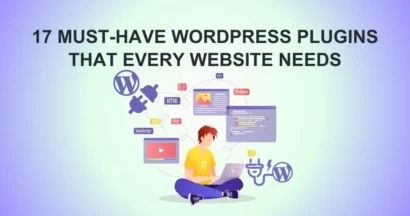If you’re an educator, your passion is sharing knowledge. But running an online course or school involves a lot more than just teaching. You have to worry about signing up students, collecting payments, and managing all your course files. It can get complicated and take up a lot of your time.
But what if you could manage all of this in one simple place? That’s where WooCommerce for education comes in. It’s a free tool for WordPress that lets you build an create an eCommerce store, but it’s perfect for selling courses and educational products too. It helps you handle the business side of things so you can focus more on your students.
This guide will show you, in simple terms, why WooCommerce is such a good tool for educators. We’ll look at what you can do with it and give you an easy-to-follow tutorial to get started.
Eduma – Education WordPress Theme
We provide an amazing WordPress theme with fast and responsive designs. Let’s find out!
Why WooCommerce is a Great Choice for Your Online School

WooCommerce is a popular choice for a reason. It’s powerful but also easy to use, especially for building an online learning site.
Here’s why using WooCommerce for education is a smart move:
- It’s Easy to Customize and Grows With You
With WooCommerce for education, you are in control. You can design your site to look exactly how you want. Whether you have one course or one hundred, the platform can handle it. As your school gets bigger, your website can easily grow with it. - It Saves You Money
This is a big one: the main WooCommerce plugin is free. Many other learning platforms charge a lot of money every month. With WooCommerce, your main costs are just for web hosting. This means you can start a professional-looking school on a small budget. A Woocommerce for education free setup is a great way to begin. - It Works with Many Helpful Tools
The best part about WooCommerce is that it connects with thousands of other tools (called plugins). You can add an educational plugin to build your courses, another one to sell monthly memberships, and another to schedule tutoring sessions. You can pick and choose the tools you need. - Manage Everything in One Place
Instead of using different software for payments, enrollments, and your website, WooCommerce brings it all together. From one dashboard, you can see your sales, manage your students, and update your courses. It makes everything much simpler. - Connects Easily with Other Apps
WooCommerce works well with other popular tools you might already use, like PayPal for payments. This helps make your workflow smooth and automatic. - Reach Students Anywhere
Want to teach students from all over the world? WooCommerce can handle different currencies and languages, making it easy for anyone to buy your courses, no matter where they live.
What You Can Do with WooCommerce for Education
WooCommerce is very flexible. Here are a few common ways educators use it:
- Sell Online Courses: This is the most popular use. Students can easily browse your courses, pay online, and get instant access.
- Sell Digital and Physical Products: You can sell more than just courses. Offer downloadable e-books, study guides, or even ship physical items like textbooks and school t-shirts.
- Create Memberships: Offer a monthly or yearly membership that gives students access to all your courses or special content. This is a great way to earn a steady income.
- Manage Event Sign-Ups: If you host online workshops or live classes, you can use WooCommerce to sell tickets and manage who has signed up.
- Collect Fees Online: Schools can use it to collect tuition or other fees online, which is easier for both the school and the parents.
A Simple WooCommerce for education tutorial
Ready to get started? Here is a simple, step-by-step tutorial.
Step 1: Choose Good Web Hosting
Your website’s performance starts with its host. For an e-commerce and learning site, don’t skimp. Choose a managed WordPress host known for speed, security, and great support. This is the foundation everything else is built on.
Step 2: Install WordPress and WooCommerce
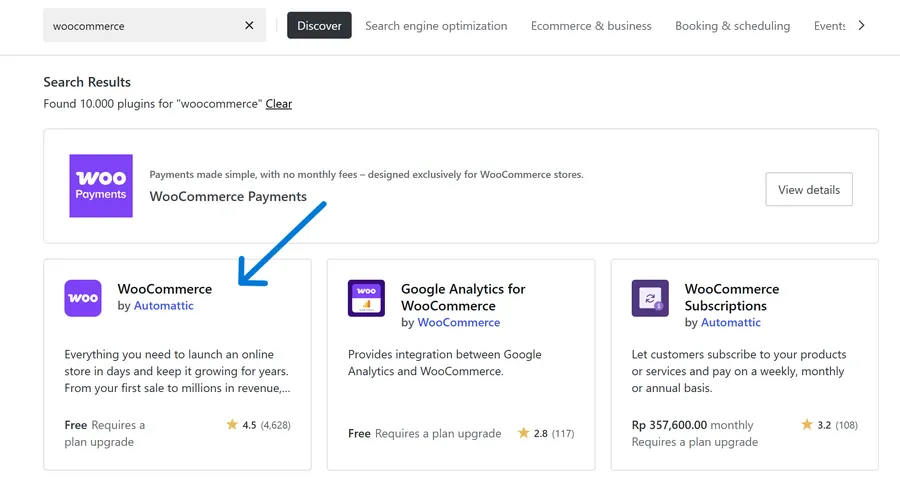
Most hosts let you install WordPress with just one click. Once WordPress is set up, go to your dashboard, click on Plugins > Add New, and search for “WooCommerce.” Install and activate it. A setup guide will appear to help you with the basics.
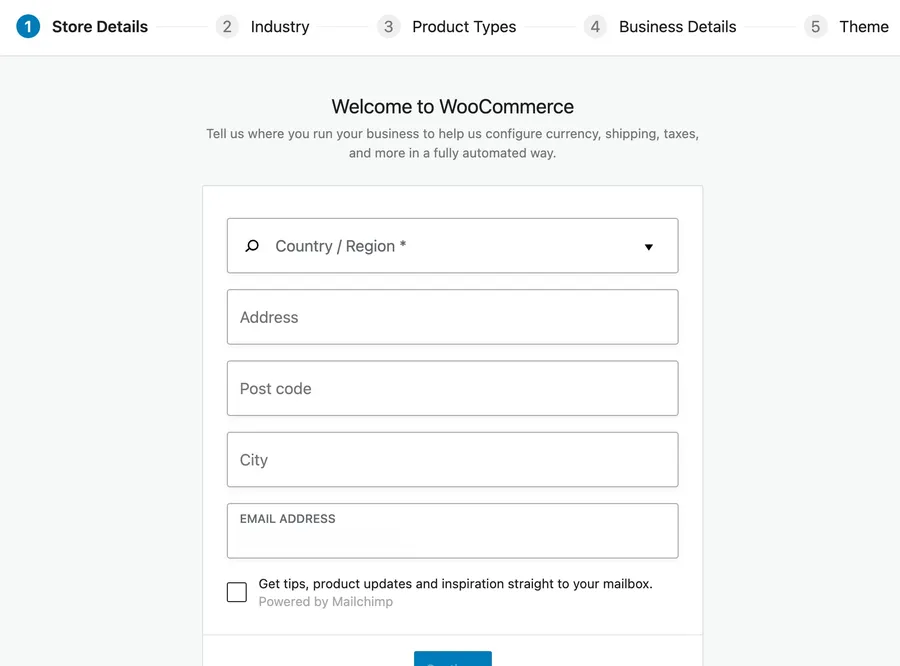
During the initial setup, WooCommerce will guide you through establishing your store’s essential parameters. This includes defining your location and currency, enabling payment processors such as Stripe and PayPal, and configuring shipping rules and rates if you intend to sell physical goods.
Step 3: Pick a Simple Design (Theme)
Your theme is the design of your website. Choose a theme that is clean, easy to use on mobile phones, and works well with WooCommerce. There are many great paid and free themes to start with, like Eduma or Online Learning.
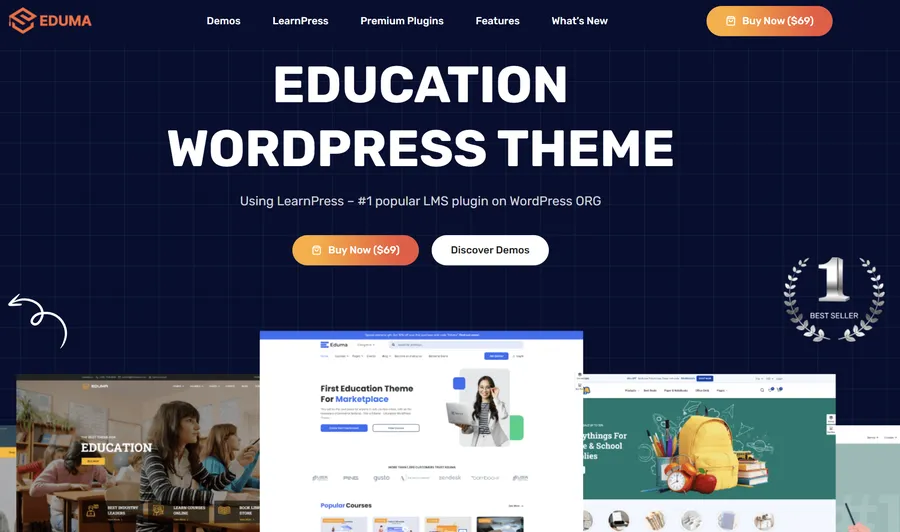
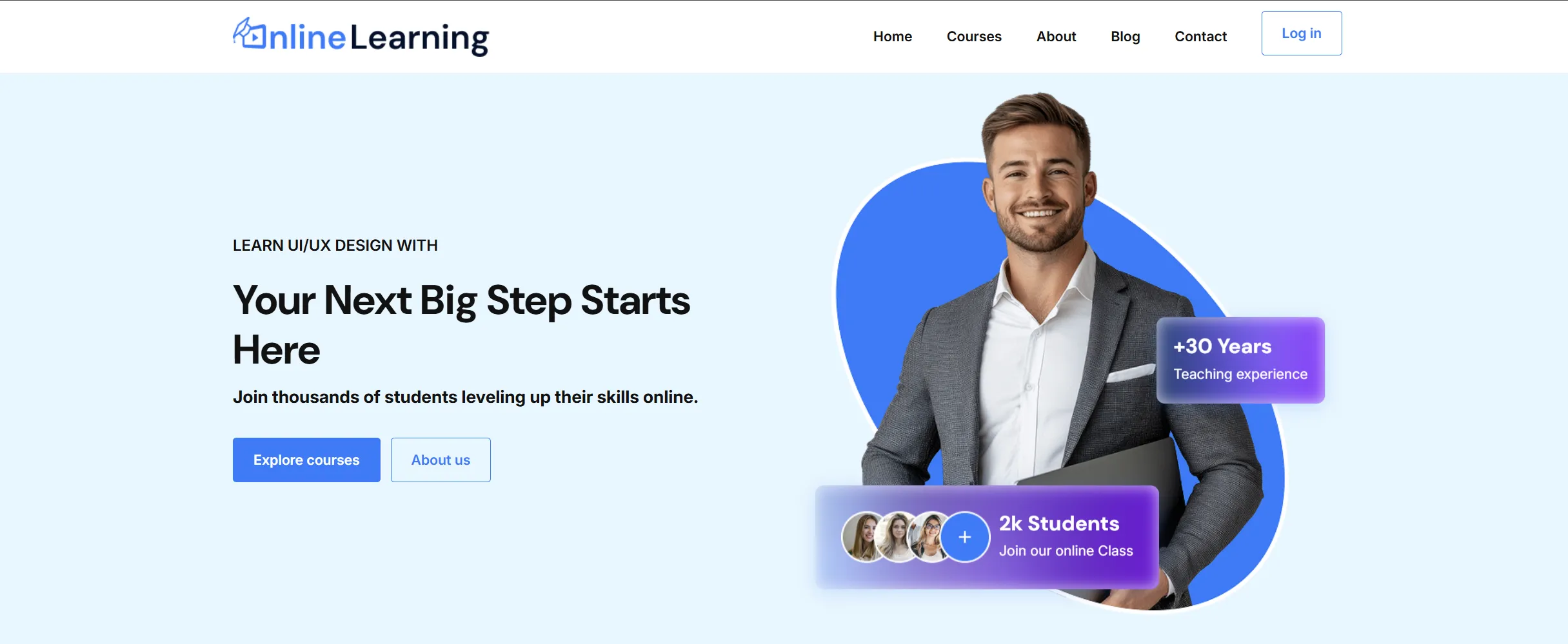
Step 4: Add Your Courses as “Products”
A logical structure for your educational content is crucial for user experience.
To begin adding courses, go to your WordPress dashboard and navigate to Products > Add New. For each course or material you create, fill in these details:
- Title: Use a clear and specific name.
- Description: Details about the course content and what students will learn.
- Pricing: Your price for the course. You can also offer deals on bundles.
- Categories and Tags: Use categories like “English Courses” to keep your site organized.
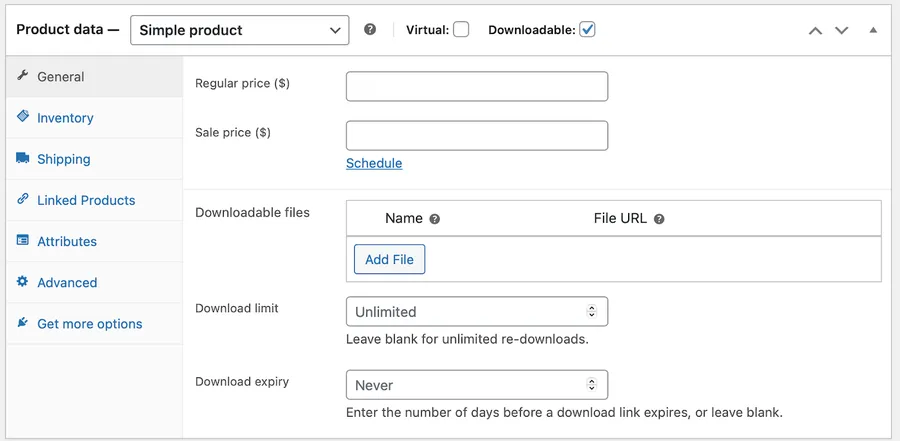
Step 5: Configure Payment Methods and Automatic Notifications
To build customer confidence, a reliable and secure payment system is essential. WooCommerce simplifies this process.
Navigate to WooCommerce > Settings > Payments to activate and configure reputable payment gateways, such as Stripe or PayPal.
After setting up your payment methods, you should configure automatic email notifications. These are used to confirm orders, provide course access details, and communicate other important information. It is recommended to customize these emails to align with your brand’s identity and maintain a professional style.
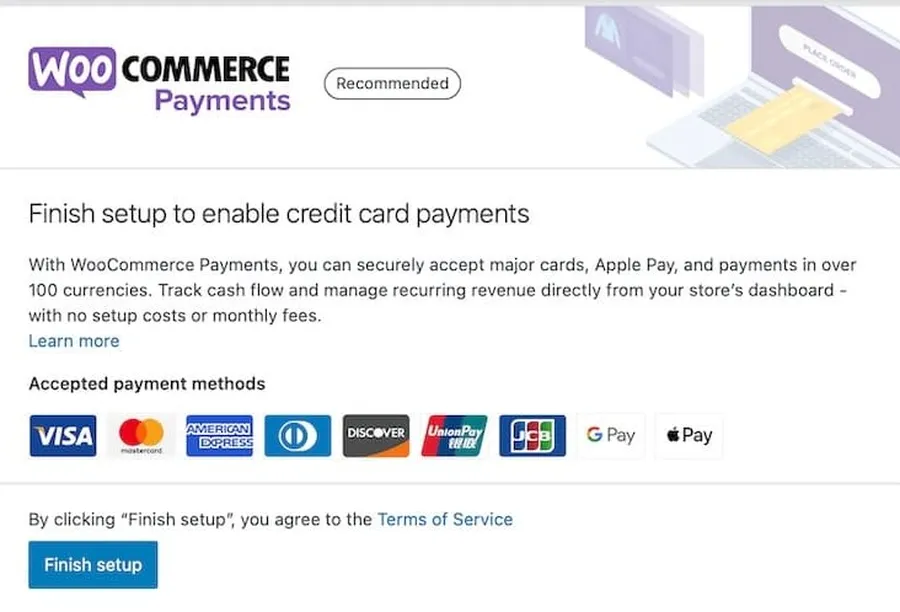
Step 6: Test the Website Before Launching
Comprehensive testing is a critical final step to ensure your platform functions correctly and offers a positive user experience.
First, conduct test purchases to verify that the payment and enrollment processes work as intended. Confirm that users receive correct access to their courses or digital materials immediately after payment.
Next, evaluate your site’s performance. Use tools such as Google PageSpeed Insights to measure and improve your website’s loading speed. Many hosting services also include performance monitoring tools to assist with this.
Finally, consider performing a beta test with a small group of users. Their feedback will help you identify and resolve any final issues before the official launch.
Helpful Plugins for Your Education Website
Here are some of the best tools to add to your site to make it even better. Each one adds a special feature to help you build a complete online school.
- LearnPress
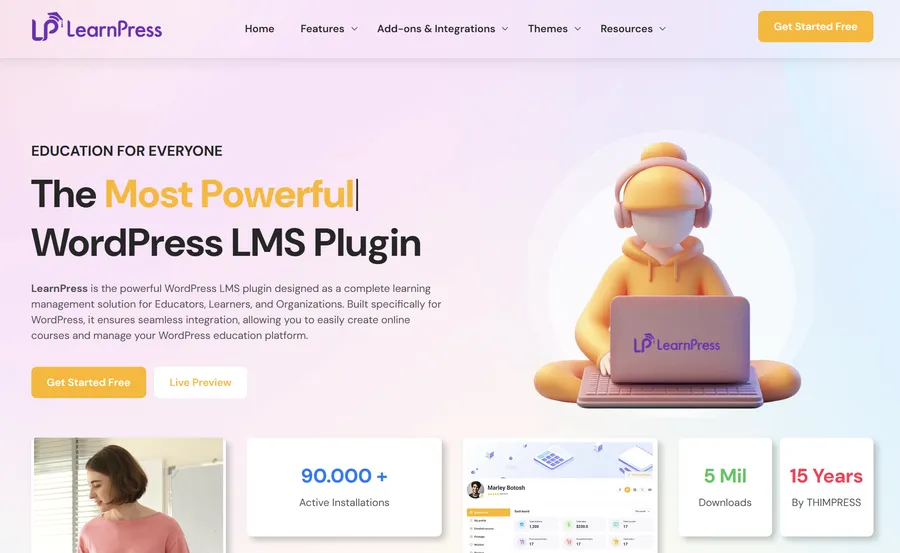
This is the perfect tool for creating your course content. LearnPress is a free Learning Management System (LMS) plugin that lets you build lessons, create quizzes, and structure your entire course in a user-friendly way. It’s a great starting point for any educator because it’s powerful and doesn’t cost anything, integrating smoothly with WooCommerce for education to handle sales.
- LifterLMS
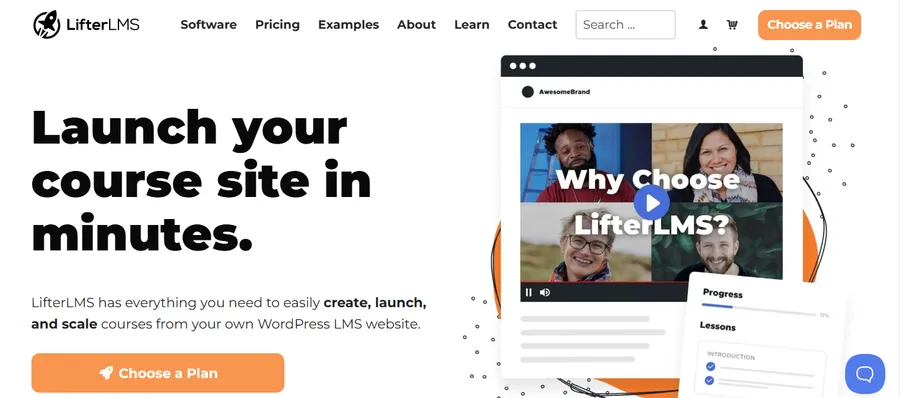
This is another excellent all-in-one plugin for building engaging courses. LifterLMS is known for its features that encourage student interaction, such as achievement badges and completion certificates. It’s a strong alternative if you want to focus heavily on creating a fun and motivating learning environment for your students.
- WooCommerce Subscriptions
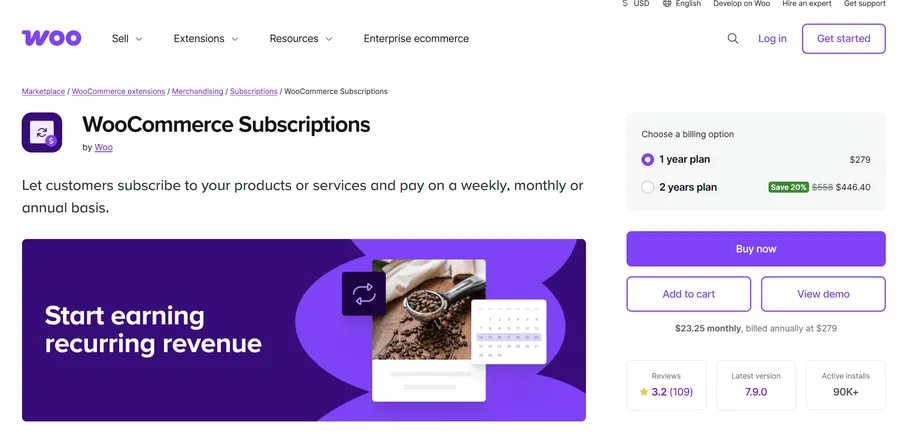
If you’d rather charge a recurring fee than a one-time payment, this plugin is essential. It lets you sell your courses or content access on a weekly, monthly, or yearly basis. It automatically handles the billing for you, providing a steady and predictable income stream for your school.
- WooCommerce Bookings
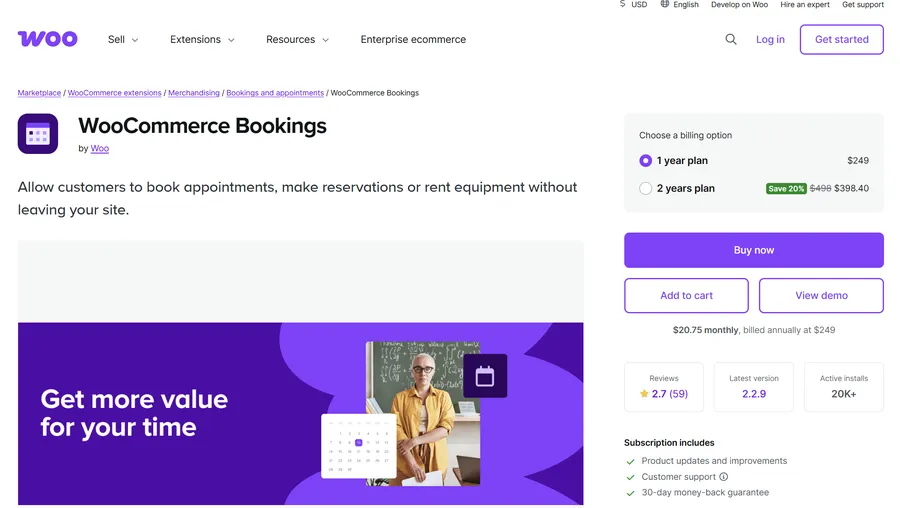
This plugin is a must-have for tutors, coaches, or anyone offering live, scheduled sessions. It adds a calendar to your site, allowing students to see your availability, book a time slot that works for them, and pay for it upfront. This eliminates the back-and-forth emails and makes scheduling simple.
- WooCommerce Memberships
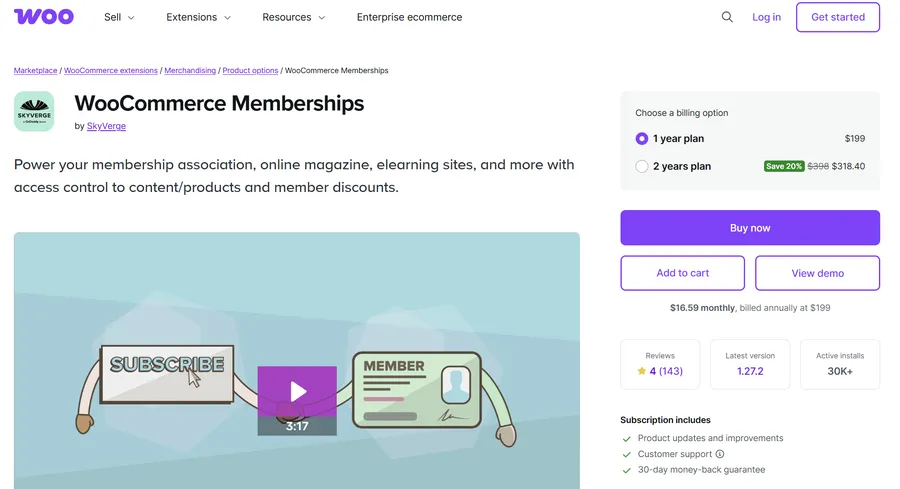
Use this plugin to create an exclusive, members-only section on your website. You can restrict access to certain courses, offer special discounts, or create a private content library just for your paying members. It’s a fantastic way to build a loyal community and add more value for your dedicated students.
Conclusion
Building an online school doesn’t have to be complicated or expensive. Using WooCommerce for education provides a solid, affordable, and professional foundation. It gives you all the tools you need to manage the business side of teaching, so you can stop worrying about technology and focus on your students.
By combining the sales power of WooCommerce with a great course-building tool like LearnPress, you can create the engaging and profitable online learning platform you’ve been dreaming of. It’s a scalable solution that can start small and grow with you every step of the way.
Frequently Asked Questions (FAQs)
1. Is WooCommerce really free to use?
Yes, the main WooCommerce plugin is 100% free. Your main costs will be for web hosting and a domain name. You can build a great site using a Woocommerce for education free setup with a free theme and a free LMS like LearnPress.
2. Can I sell both video courses and physical books?
Yes! WooCommerce can handle both. You can set up digital products (like courses and e-books) for instant download and physical products (like books) that you need to ship.
3. Do I need to know how to code?
No, you don't. WordPress and WooCommerce are designed to be user-friendly. You can build a beautiful website using simple drag-and-drop tools without ever touching a line of code.
4. How does WooCommerce keep track of students?
When a student buys a course, WooCommerce creates an account for them and saves their purchase history. To track things like which lessons they have completed or their quiz scores, you will use the dashboard of your LMS plugin (like LearnPress).
5. What is the difference between WooCommerce and an LMS?
It's simple: WooCommerce is the store. Its job is to sell the course and handle the payment. The LMS (like LearnPress) is the classroom. Its job is to deliver the lessons, give quizzes, and manage the student's learning experience. They work together to create a complete online school.
Read more: 8 Best B2B Commerce Platforms to Unlock New Revenue
Contact US | ThimPress:
Website: https://thimpress.com/
Fanpage: https://www.facebook.com/ThimPress
YouTube: https://www.youtube.com/c/ThimPressDesign
Twitter (X): https://twitter.com/thimpress
